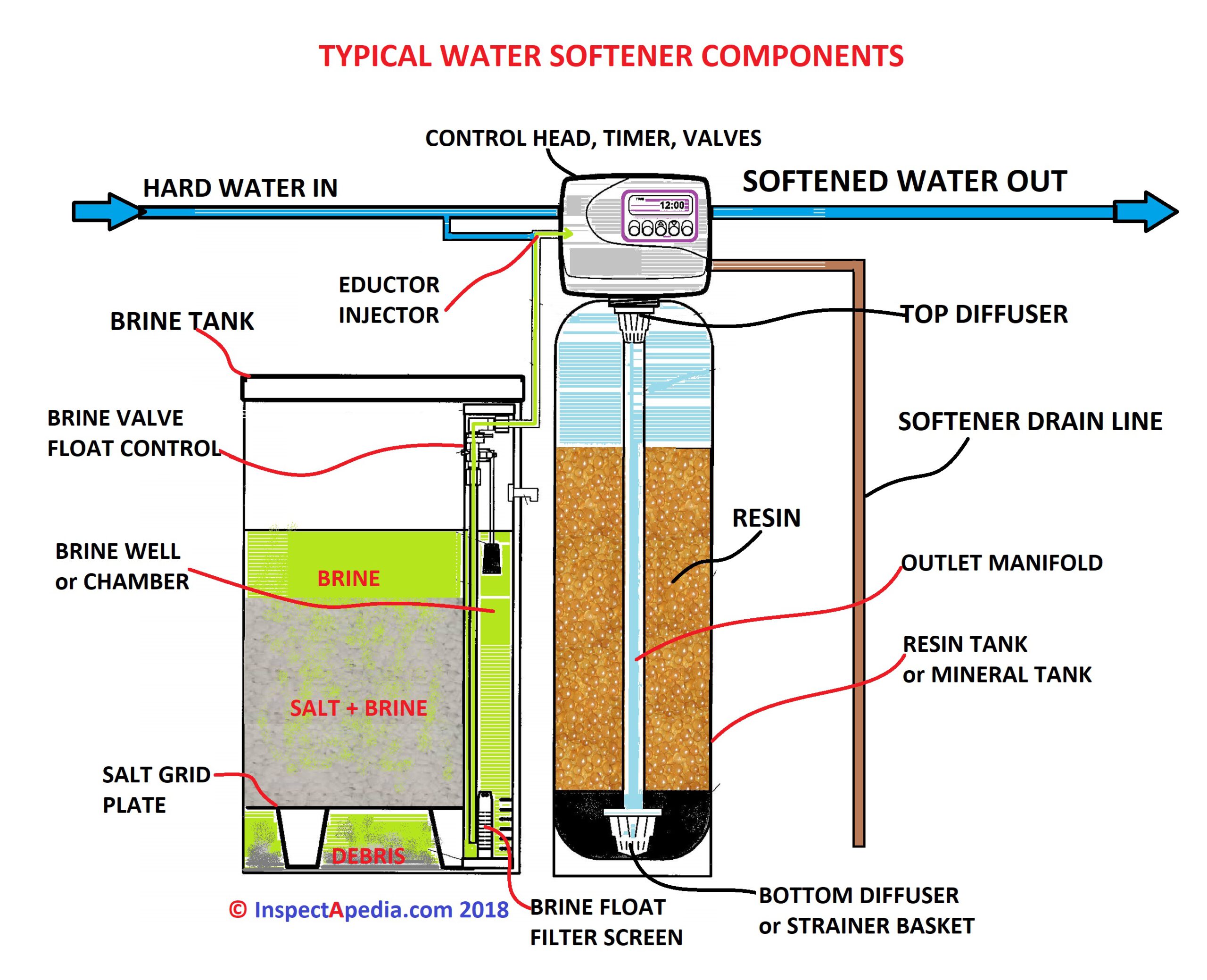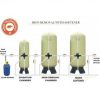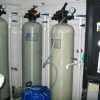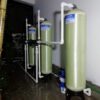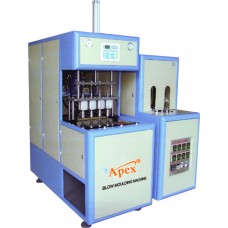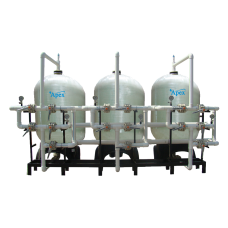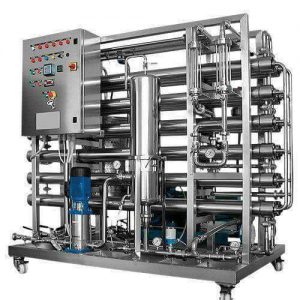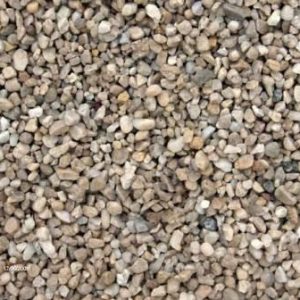Description
A salt-based water softener has three main components; brine tank, control valve, and mineral tank. The system removes hardness through an ion exchange process. The brine tank holds salt which is added manually. The salt can be sodium chloride or potassium chloride. Also, it can be in the form of pellets or blocks. This salt dissolves in water at the bottom of the tank. This suspension passes to the mineral tank after each regeneration. The control valve measures the water usage and regeneration cycle. And controls the flow of salt solution in the mineral tank too.
The hard water moves through the mineral tank. The hard minerals, i.e., calcium and magnesium, carry a positive charge. When these positive charge components pass through resin beads which carry a negative charge, they left the water and stick to the negative charge particles. So when the water leaves the tank, it is now the soft water. As per control valve settings, when the capacity of resin beads to attract positive charge components is no more, the regeneration cycle begins.
A typical water softener takes about 85 to 90 minutes to run through its complete automatic regeneration cycle. During regeneration, the softener cleans the treatment medium by reversing the chemical reaction that removes unwanted dissolved minerals from your water
Is it ok to use water while the softener system is regenerating? With a single tank system you will get hard water during the regeneration process. If you use the hot water you will be refilling the hot water heater with hard water. So–yes you can use water during regeneration but it may have some undesirable results
How does a water softener work?
A water softener removes calcium and magnesium from water through a process called ion exchange. When the hard water enters into the mineral tank, it flows through a bed of spherical resin beads. These plastic beads, usually made from polystyrene, are charged with a sodium ion. The resin beads are anions, meaning they have a negative charge. The calcium and magnesium minerals have a positive charge, making them cations. Since opposite charges attract, the negative charge of the minerals is attracted to the positive charge of the resin beads. As the hard water passes through the resin, the beads grab ahold of the mineral ions and remove them from the water. When the bead seizes the mineral ion, the sodium ion is released. The column of resin strips all the hardness out of the water as it passes through the mineral tank, and softened water flows out into your home.
What are the components of a water softener?
A water softener is made up of three components: a control valve, a mineral tank, and a brine tank. These three work in conjunction to remove the minerals from hard water, monitor the flow of water, and periodically clean the system through a regeneration process.
1. The mineral tank
The mineral tank is the chamber where the hard water is softened. The water supply line feeds the hard water into the tank. The water seeps through the bed of resin beads, depositing the water-hardening calcium and magnesium ions. The water exits the tank soft and flows through your pipes and out to your household appliances.
2. The control valve
The control valve measures the amount of water passing through the mineral tank and into your house. The valve houses a meter that tracks the volume of water entering the mineral tank. As hard water flows through the mineral tank, the resin beads exchange their sodium ions for hardness ions. Over time, this depletes the capacity of the resin to continue to effectively soften water. Before the beads become too burdened with mineral content to continue removing calcium and magnesium ions, the control valve automatically initiates a regeneration cycle. This maximum capacity is pre-programmed into the control valve’s onboard computer and is based on a range of factors, like the size of your house, the number of occupants, and the hardness of your water. Control valves are demand-initiated controllers, which allow water softening units to be extremely efficient.
3. The brine tank
The brine tank aids the water softening system in regeneration. It is a shorter tank that sits adjacent to the mineral tank. The brine tank holds a highly concentrated solution of salt (or sometimes potassium) to restore the resin beads’ positive charge. Salt is manually added to the brine tank in the form of pellets or blocks. These dissolve in the water at the bottom of the tank. When the control valve registers the softening capacity of the resin is diminishing, the heavy brine solution is drawn out of the tank and flushed through the resin in the mineral tank. If the brine tank runs out of salt, the water passing through the unit will no longer be softened.

